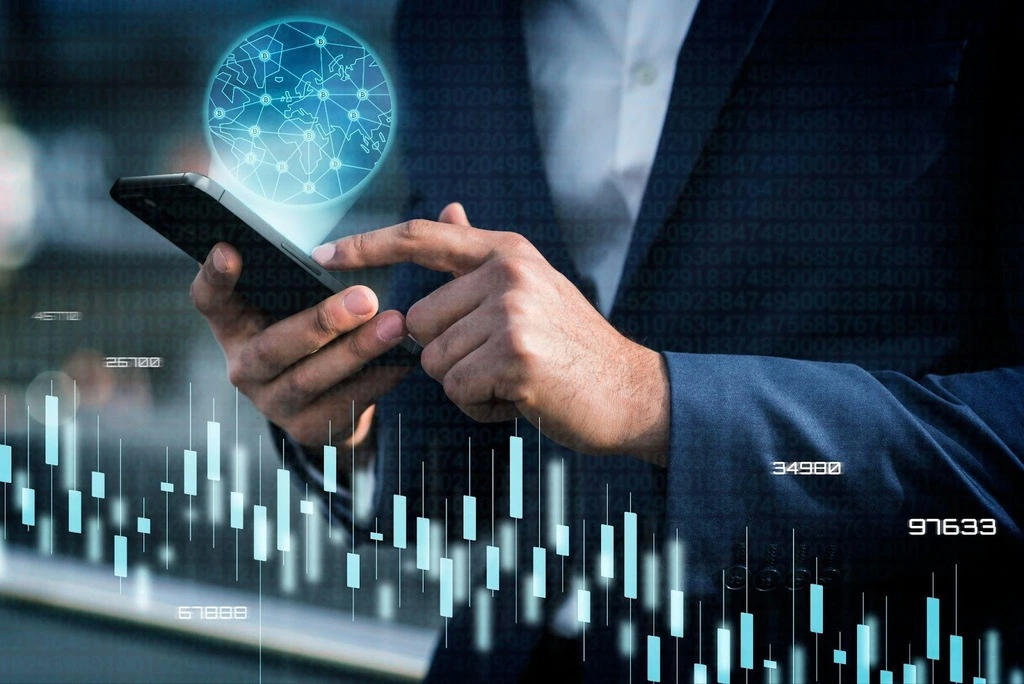How Machine Learning is Transforming the Financial Sector: Opportunities and Applications in 2025
In 2025, more and more financial organizations are using machine learning and gaining new opportunities as a result. This is a discipline in artificial intelligence, with the help of which machines learn to analyze incoming information and make assumptions. They compare new data with existing data to identify similarities, differences, and patterns. Machines improve their ability to more accurately classify and analyze information. The result is that the team can make the most effective decisions based on this data – and this helps the organization develop rapidly.
The financial sector has changed a lot in recent years. The reason for this was the introduction of machine learning into business, and tech-fin companies create solutions based on it and offer them to financiers. They use different algorithms and models to perform any task.
Today, both businesses and individuals want to learn finance in more depth. And while businesses use machine learning, individuals use educational platforms like Finelo which are focused specifically on interaction with individual users. By offering resources and knowledge, it demonstrates that every person can go through the path from beginner to expert in finances.
From advanced trading strategies to automating market analysis, fintechs leverage various technologies. In this article, we will discuss 4 examples that show how fintechs use machine learning.

Creating trading strategies
Machine learning helps brokerage firms and investment funds create reliable strategies for algorithmic trading. Automated trading systems identify signals from a multitude of data reflecting market dynamics. Machines look for patterns in them that can be used in forecasting. With the help of artificial intelligence based on machine learning, you can quickly make investment decisions. For example, one of these models uses quantitative analysis to select investments and evaluate the value, growth, and dynamics of stocks or other assets. AI can take large amounts of data and combine them with different factors to create global forecasts more accurately than a team of financiers and economists. Using such a model, you can get an idea of international patterns in global markets and use this data for effective investing.
Information extraction
The first thing that comes to mind when talking about machine learning is, of course, the rapid extraction, analysis, and systematization of large volumes of information. No human in the world can study large volumes of information as quickly as with the help of machine learning when machines receive unstructured data from articles, posts, and published documents and structure them. While a person can study only one web resource at a time.
Today, there are search engines for market information that sort and analyze public and private financial data. Platforms like Finelo help people learn about fintech and develop in investments, providing an extensive collection of valuable and detailed insights. People often use these useful resources to gain new financial knowledge. Machine learning apps have access to a wealth of resources such as analyst research, trade journals, transcripts of calls and events, reports, and published documents. This enables financial professionals to monitor competitors, track market trends, and analyze large-scale data such as share repurchase activities, all in a fraction of the time compared to manual searches. In this way, you can also monitor the market of competitors that you might not even have heard of without the use of machine learning.
Analysis for credit scoring
Machine learning helps credit institutions analyze the creditworthiness of borrowers and predict credit risks. If earlier a huge department had to do this, spend a lot of time, effort and, of course, the company’s money to study one person, now 50% of this work is done by machines. Until recently, it was entrusted only to people. It is easier to do this through automated credit platforms because they use only ML algorithms to determine applicants’ compliance, assess credit risks, and analyze portfolios.
For example, the same company Kabbage began participating in the Paycheck Protection Program, and by August, when the PPP program expired, Kabbage had processed 300 thousand loans worth $7 billion. Thus, it supported 300,000 small businesses and helped save 945,000 jobs. Training the model began with people reviewing documents to create a training set that would help the model determine the types of files, the information needed for each identified file, and where to find it.
Credit Decision Making
Machine learning improves financial data processing and decision-making. Machines process data faster, helping to make more accurate decisions. Such systems can analyze many loan applications at once. Lenders typically see a 15% increase in approvals without additional risk or a 30% reduction in losses with unchanged approval rates. They also approve borrowers with limited credit history more easily, in some cases up to 5 times.
In conclusion, machine learning is transforming the financial sector, enabling faster, more accurate decisions and driving growth. As fintech and techfin companies embrace these innovations, the industry will continue to evolve and improve efficiency.
